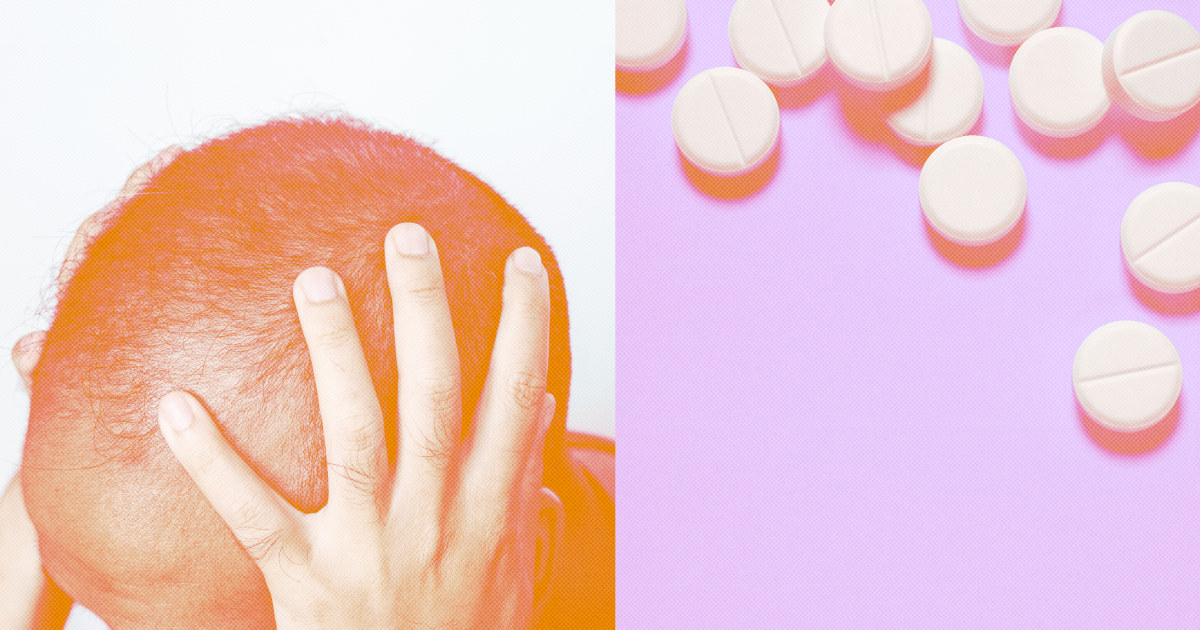
In recent years, finasteride has emerged as a popular treatment for hair loss among men. According to a report by Epic Research, prescriptions for the medication have increased nearly 200% in the last seven years alone. Finasteride works by preventing the conversion of testosterone into dihydrotestosterone (DHT), which is known to cause hair follicles to shrink and eventually cease growth when present in excess. This oral drug has been proven effective in stopping future hair loss and even encouraging new hair growth, with some studies showing an increase in hair count of up to thirty percent over a few months. However, it should be noted that finasteride may also increase the risk of developing high-grade prostate cancer.
While finasteride is a simple therapy to administer once daily, it is not typically covered by insurance and can cost less than $100 per month as a generic. More young men are seeking treatment for hair loss at an earlier age, including some in their late teens attempting to prevent hair loss before it starts or worsens. Dr. Jerry Shapiro of NYU Langone Health reports that he is prescribing finasteride frequently in his clinic.
Another report from NBC News highlights the rise in finasteride prescriptions among younger men, with some doctors expressing concerns about the drug's potential side effects. Dr. Maria Colavincenzo of Northwestern Feinberg School of Medicine mentions a rare side effect known as 'post-finasteride syndrome,' which can persist even after the medication is discontinued. However, other experts like Dr. Arash Mostaghimi of Brigham and Women's Hospital emphasize that these side effects are rare and the benefits of finasteride outweigh them for many patients.
Male-pattern baldness, also known as androgenetic alopecia, is a common form of hair loss affecting up to half of men by age 50. It is caused by an increase in the enzyme that converts testosterone to dihydrotestosterone (DHT), which leads to shrinking hair follicles and eventual hair loss. Treatment options, such as minoxidil, finasteride, and even hair transplantation, can help halt or reverse this process. However, it is essential to consult with a healthcare professional before starting any treatment for hair loss.




